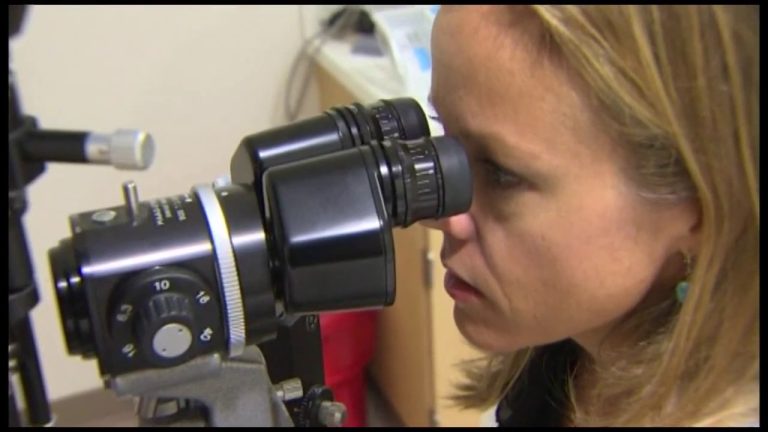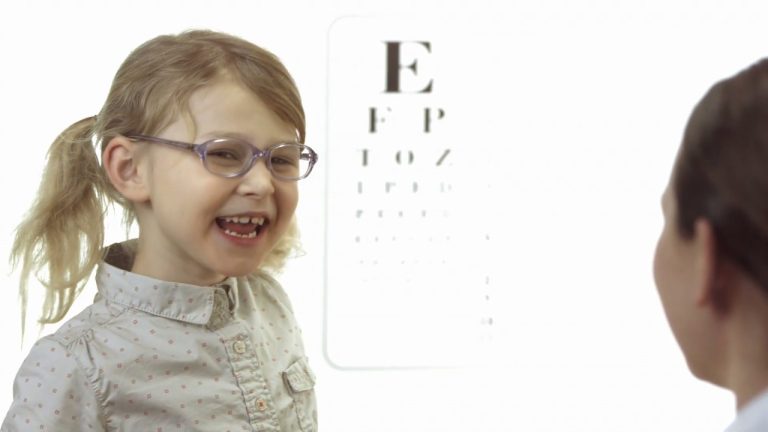5 Tips to Manage Eye Allergies in Children with Optical and Vision Care Products
Eyelid swelling, itchiness, redness, and excessive tearing are the most common symptoms of an eye allergy, known as allergic conjunctivitis. While seasonal allergies tend to affect people of all ages, kids can be particularly affected. As parents, it’s essential to understand the various types of eye allergies, their symptoms, and preventive measures to keep our children safe and healthy.
Allergic conjunctivitis can be a result of exposure to dust, pollen, animal fur, and mold spores. In some cases, certain foods, eye drops, and contact lenses can also trigger eye allergies. Hence, it’s crucial to consult an optometrist if your child shows any of these symptoms. Early diagnosis can help prevent vision loss and lifelong eye conditions.
Types of Eye Allergies in Children
In children, there are primarily two types of eye allergies – seasonal allergic conjunctivitis and perennial allergic conjunctivitis. Seasonal allergies are caused by airborne allergens like pollen and grass, but the symptoms are temporary and occur only during specific periods of the year. Perennial allergic conjunctivitis, on the other hand, can occur year-round and is often caused by allergens such as dust mites, pet dander, and mold spores.
Common Symptoms of Eye Allergies in Children
Eyelid Swelling, Itchiness, and Redness
One of the most visible signs of an eye allergy in children is eyelid swelling, itchiness, and overall redness. If a child complains of a gritty feeling in their eyes or frequently rubs their eyes, it could be due to an allergic reaction.
Excessive Tearing
Excessive tearing or watery eyes is another symptom of seasonal allergic conjunctivitis. During allergic reactions, histamines are released, causing the blood vessels in the eyes to widen and produce tears.
Sensitivity to Light
In some cases, children with eye allergies may be sensitive to light or photophobia. Bright lights can cause discomfort and headaches, making it challenging for them to focus on daily activities like reading or playing.
Preventive Measures for Eye Allergies in Children
- Keep your home dust-free and vacuum frequently to prevent allergen buildup.
- Wash your child’s bedding and stuffed toys regularly, especially if they spend a lot of time in their bedroom.
- Teach your child to avoid rubbing their eyes as it can cause further irritation.
- Limit outdoor activities during high pollen count days or during peak allergy seasons.
- Encourage your child to wear sunglasses or hats to protect their eyes from dust and sunlight.
- Consult an optometrist for allergy testing and treatment options like antihistamine eye drops or oral medications.
Eye allergies in children can be a worrisome condition for parents, but early detection and treatment can prevent long-term vision problems. If your child shows any signs of an allergic reaction, seek medical attention immediately. Protecting their eyesight today can ensure bright and clear vision in the future.
Contents
Most wanted in Hoya Vision:
What brand lenses does Costco use?
What does +0.25 mean on an eye test?
Hoya Lens Engravings
Should eyeglasses cover eyebrows?
Do tinted glasses help with migraines?
Hoya Identification Chart
What are prism eyeglass lenses?
What LED light is best for broken capillaries?
Is gray or brown better for transition lenses?
Does hyperopia worsen with age?
















